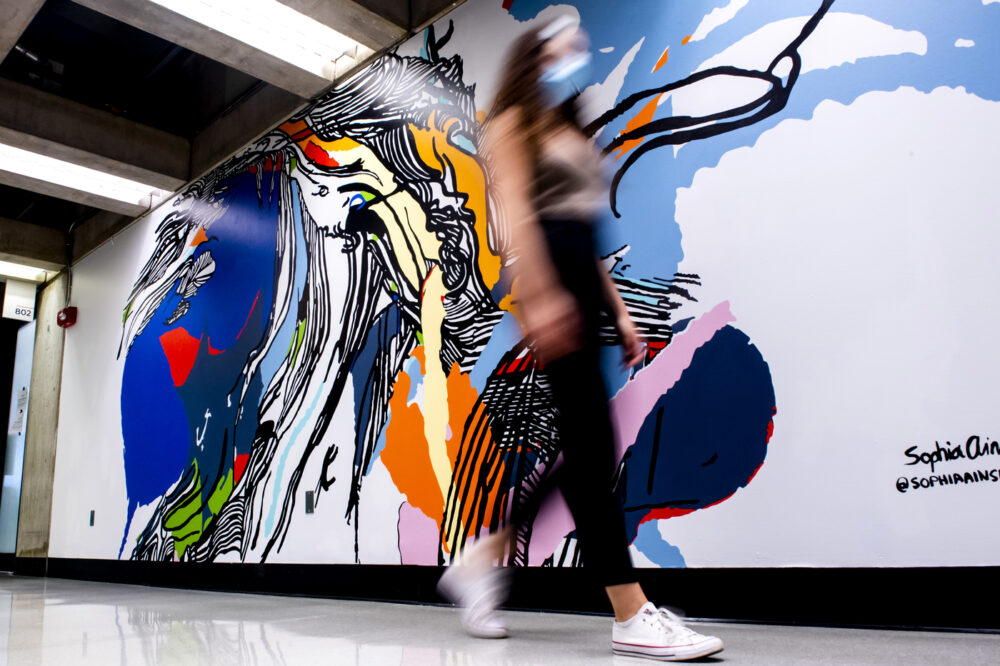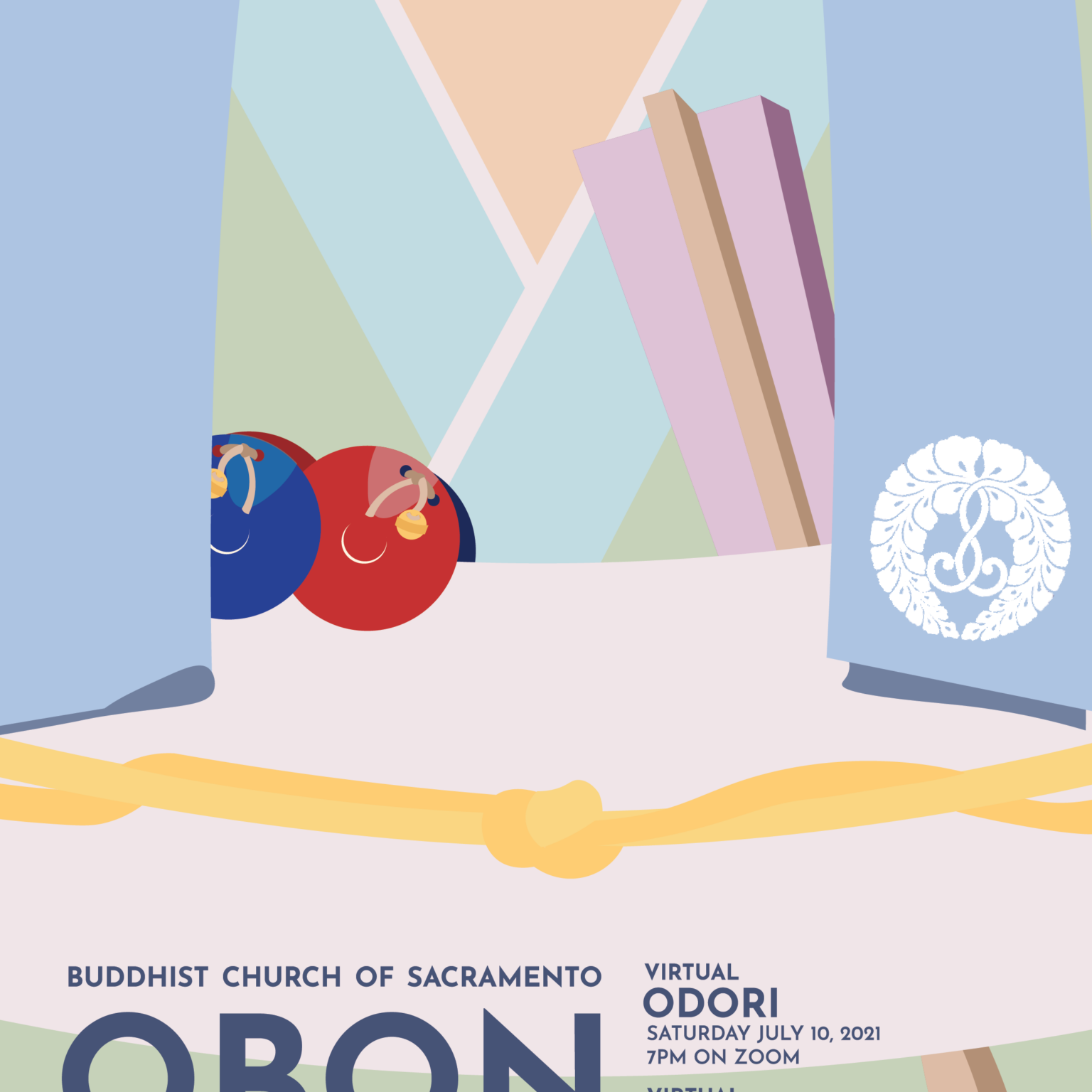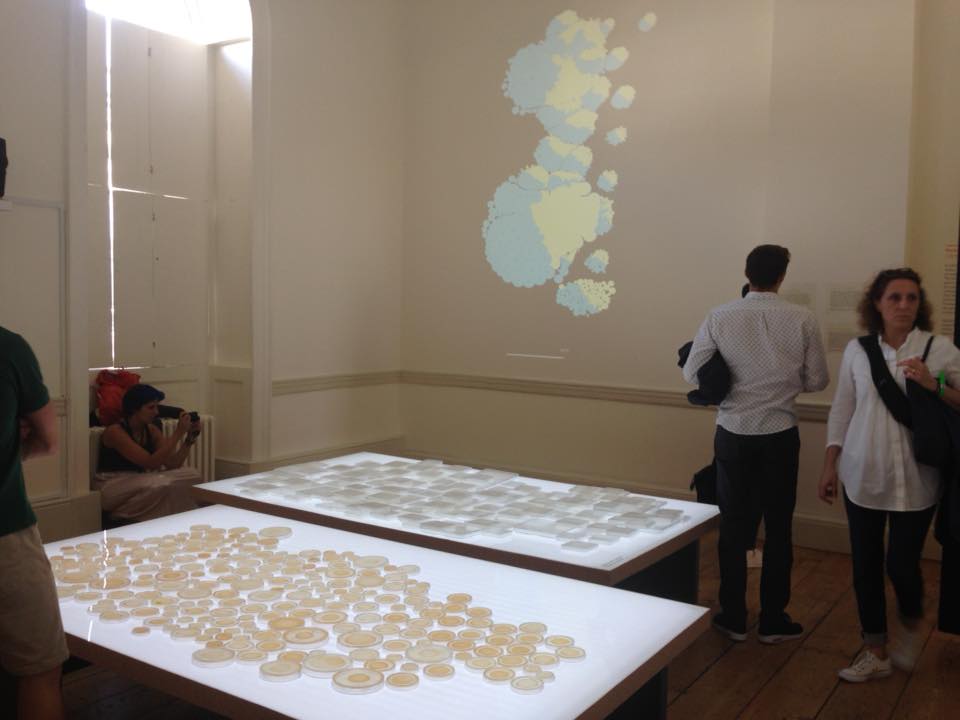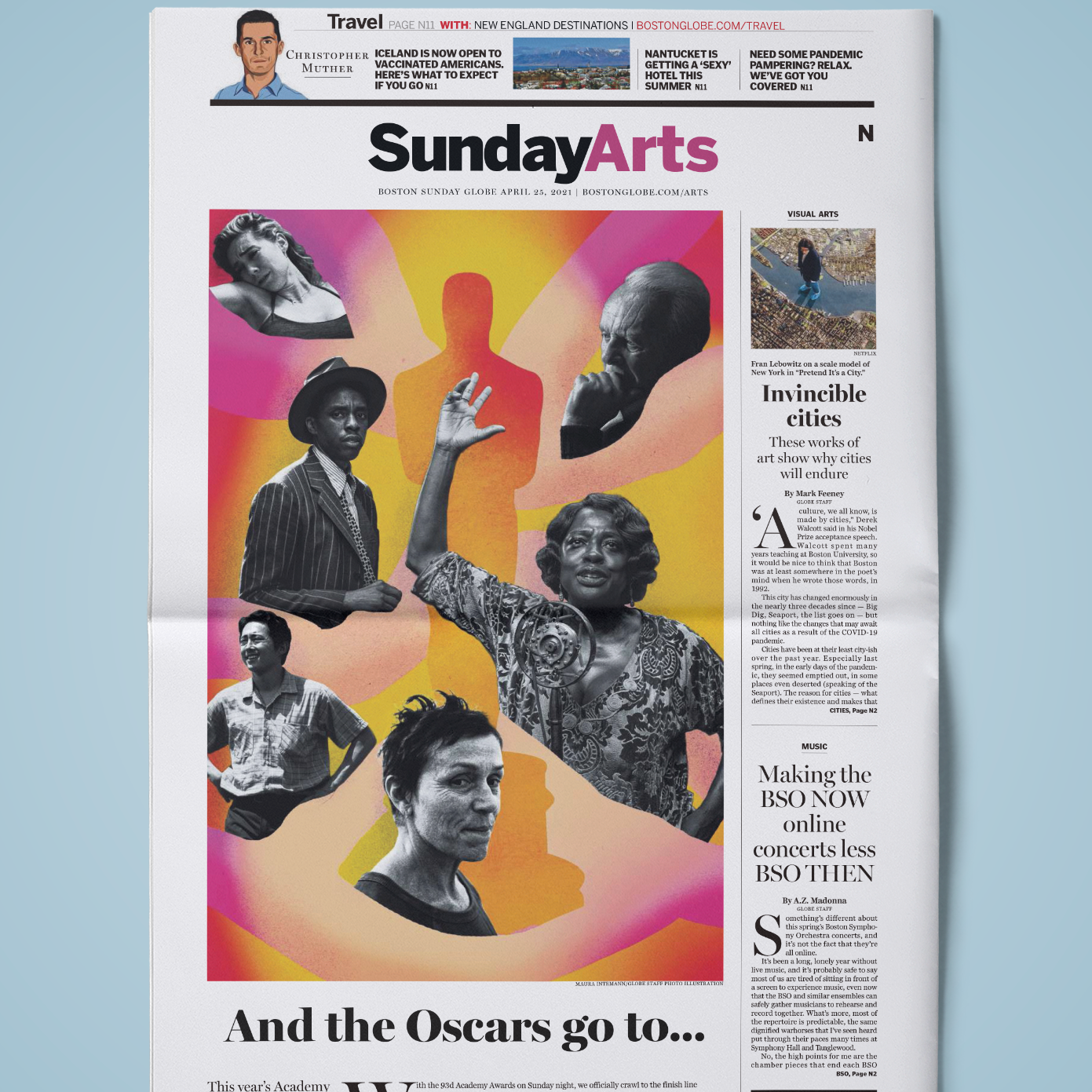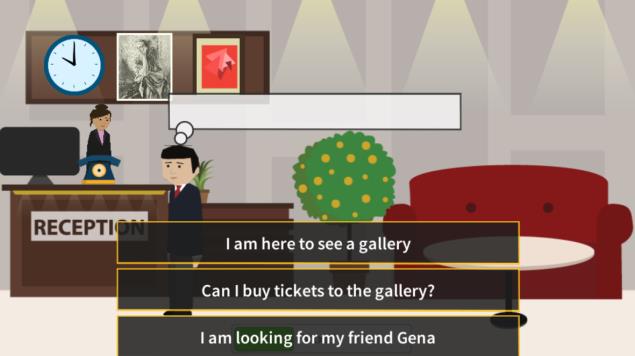Multidisciplinary Skills
collaboration
creative problem-solving
critical thinking
data analysis
design research
design software
graphic representation
fabrication
facilitation
human factors
information design
interviews
leadership
listening
observation
personas
programming
project management
problem framing
rapid prototyping
semiotics
sketching
technical skills
typography
experience mapping
user stories
user testing
verbal and written communication
visual synthesis
visualization
Share
Designers propose alternative futures and create new choices using principles and processes to create, compose, and construct meaning in diverse knowledge fields. Designers seek a broad understanding of principles and systems of perception, communication, and action. Interaction designers focus on the creation of navigable interfaces and systems that allow audiences to take an active role to achieve meaningful goals. Their work connects people to people and people to information and environments.
Learning Outcomes
Design learning outcomes
- Apply iterative design processes to create, revise, evaluate, and develop effective prototypes and innovative solutions.
- Engage human-centered design research methods and systems thinking to identify and understand values, goals, motivations of intended audiences as a mode of inquiry, question framing and guide to action.
- Develop a high level of craft and technical skills in a relevant range of media and tools and effectively weigh applicability for intended audiences and outcomes.
- Develop and realize intent, concept and content with awareness of context and consequence.
- Implement visual patterns incorporating text, image, diagram including temporal and spatial representations to recognize, categorize, and articulate significant form and meaning
- Employ and embody ethical practices, team and cross-disciplinary collaboration, and effective communication and presentation skills.
- Apply relevant communication theories and principles and appreciate the pervasive and long-term impact of design decisions on people and societies.
Interaction Design learning outcomes
- Develop personas, scenarios, wireframes, information architecture, navigation patterns and extensibility plans to create affordances and interfaces that invite interaction and allow end-users to achieve goals.
- Apply evaluative usability and efficacy testing methods to determine interface usefulness, desirability and/or feasibility.
- Demonstrate basic fluency in programming, code development patterns and analytical thinking associated with input and retrieval of data and support of dynamic interfaces.

